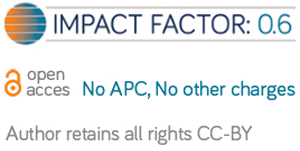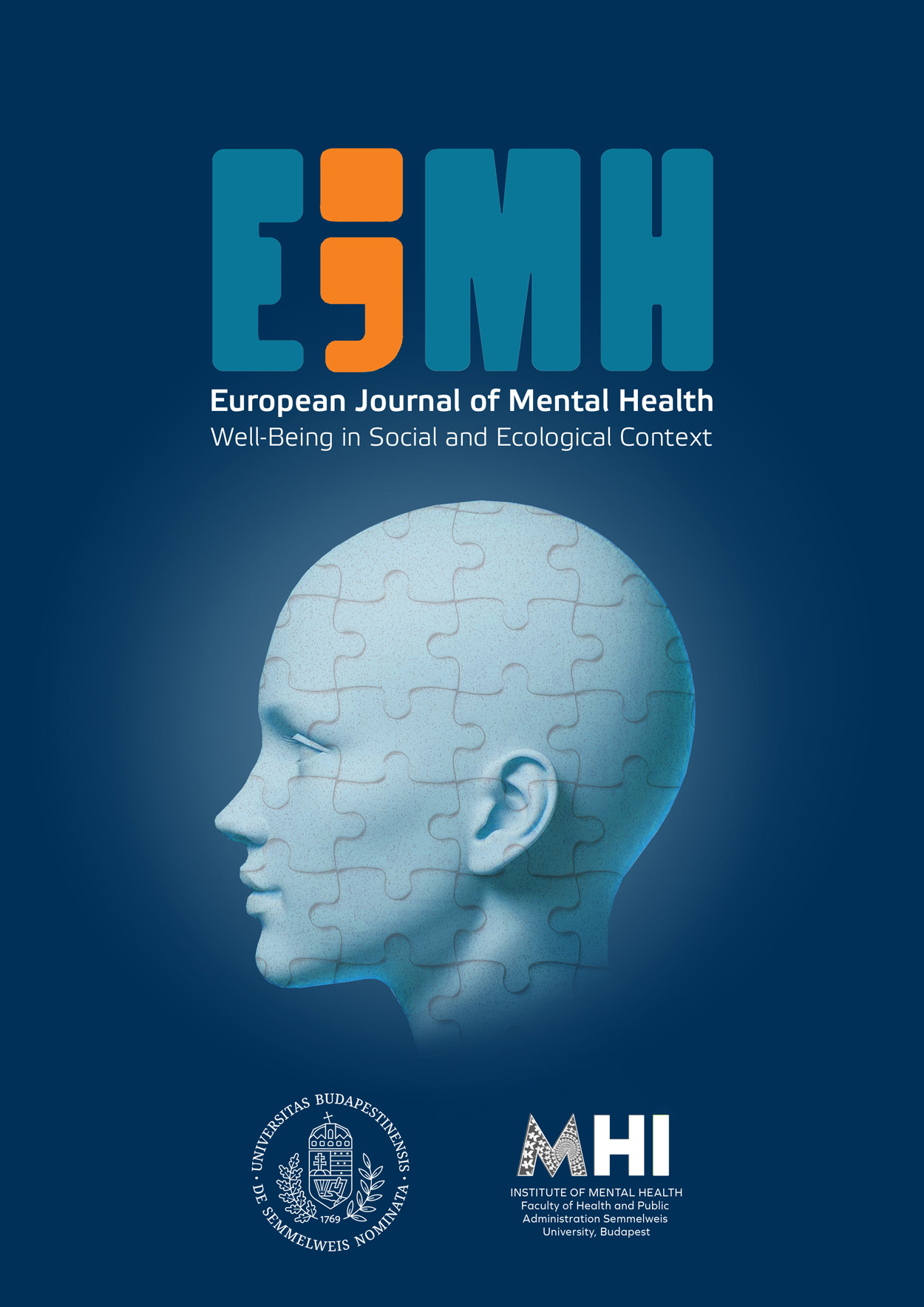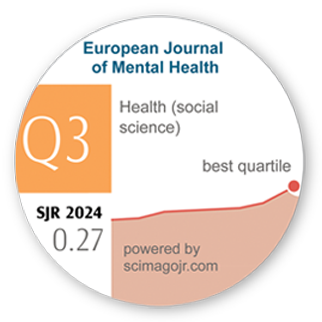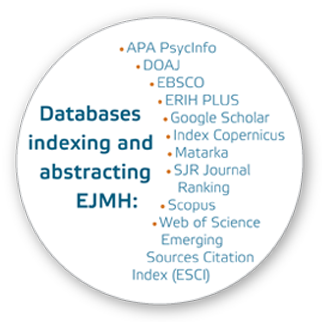The Role of Religiosity in Intimate Relationships
DOI:
https://doi.org/10.5708/EJMH.14.2019.2.3Keywords:
theories on religiosity, intimate relationships, sanctification of marriage, attachment to GodAbstract
In this study, we aimed to review the literature on the relationship between religiosity and intimate relationship functioning. Since religious approaches put the relationship and the life of the couple in a broader perspective and give it a special character, religiosity may have a significant influence on the relationship of religious couples. Scientific research in recent years has widely confirmed the long-standing observation that religiosity is manifested in the relationship of religious couples, and this is reflected in both positive and negative aspects. In a positive context, religiosity plays a supportive role in relationships and has a positive effect on the stability and quality of the relationship as well as on the physical and psychological well-being of the couple and other family members. We present three theoretical frameworks which, in the past few years, have greatly contributed to understanding the effects of religiosity on relationships and facilitated the clarification of the diverse context of the topic. These are 1) the role of sanctification 2) marital relationship as a way of being religious and 3) marriage and religiosity as attachment-based phenomena. As a conclusion, we evaluate the major strengths and biases of the existing research, and theorize and suggest future domains for investigation.






